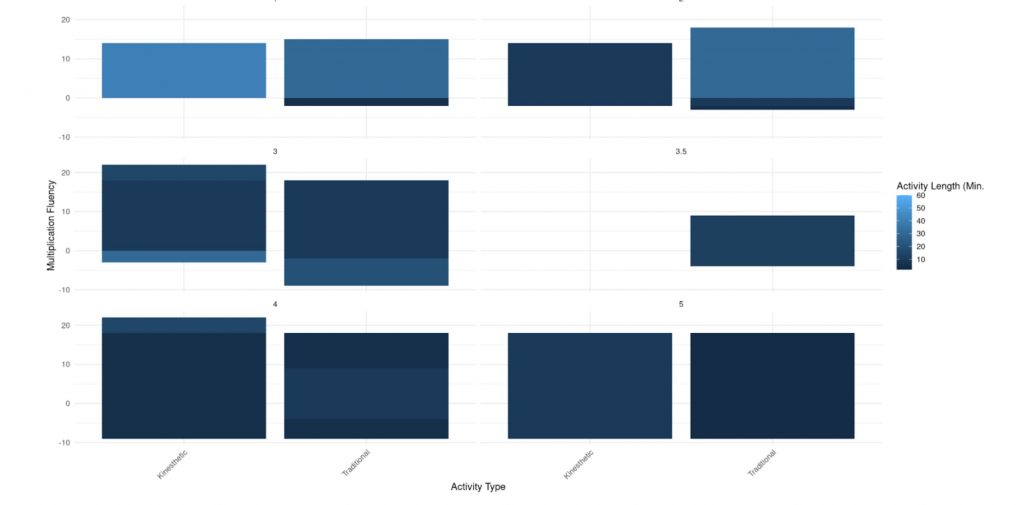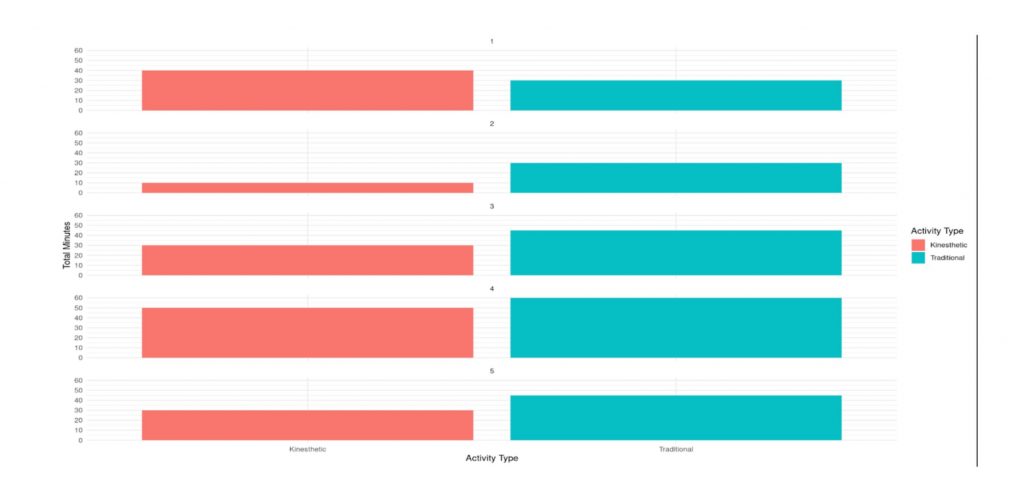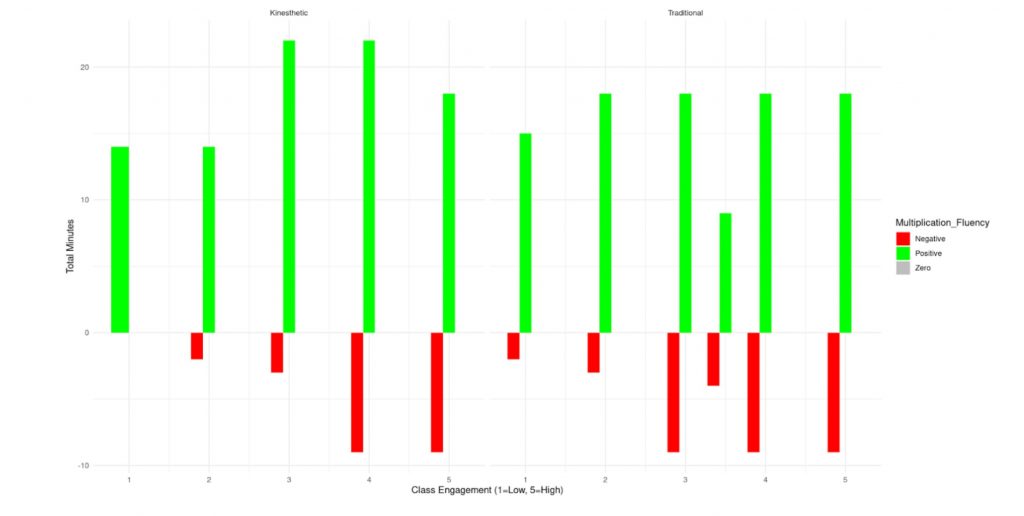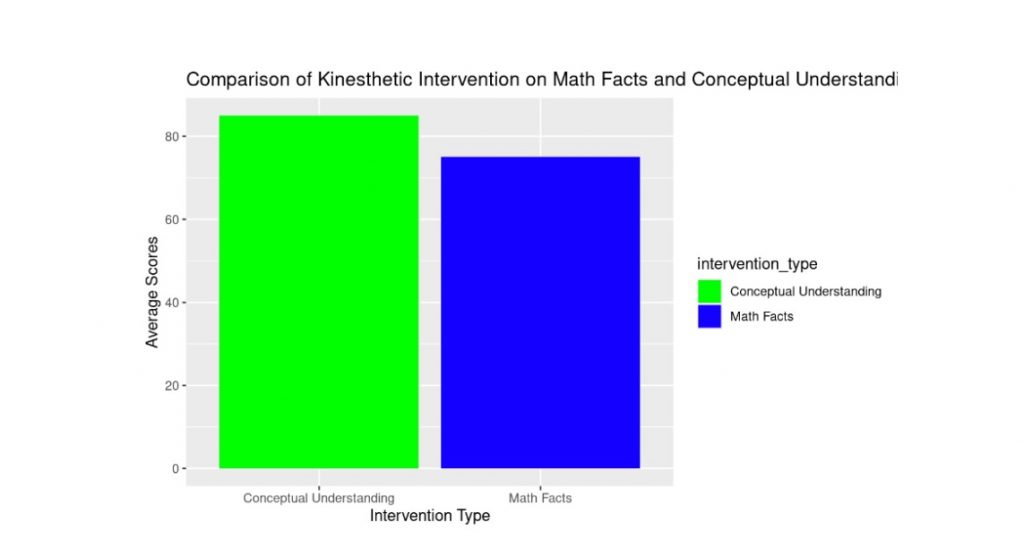National Math Foundation Research
Author: Mustafa Al-Bayati
Introduction
The Natural Math Foundation has initiated this research to address the potential impact of kinesthetic learning on math education. Kinesthetic learning emphasizes physical movement, touch, and other senses to enhance comprehension and memory retention. This report summarizes the research methodology, data collection, analysis techniques, and key findings of the study.
Methodology
The research followed a mixed-methods approach, incorporating both quantitative and qualitative data collection methods. The study was conducted with two groups: a control group using traditional teaching methods and an experimental group engaging in kinesthetic activities during math lessons.
Data Collection
Data was collected through pre- and post-tests to assess math learning outcomes. Additionally, qualitative data was gathered through surveys to gain insights into participants’ experiences and perceptions of kinesthetic learning.
Statistical Analysis
The collected data was subjected to thorough statistical analysis. Inferential statistics, including t-tests and ANOVA, were applied to determine the significance of differences in learning outcomes.
Figure 1: The Influence of kinesthetic activity have any impact on student overall multiplication fluency

The Graph above shows the multiplication fluency based on the activity type and whether students spent more or less time in these activities. As a general trend, there is similar time being spend on both kinesthetic and traditional although there is a gradual increase in the level of likeness by the students the longer they spend time in an activity. The multiplication Fluency seemed to be increasing the longer the activity is being performed.
Figure 2:The influence of the total minutes spent on kinesthetic activities compared to traditional activities which affected overall Class Engagement

According to the graph above there was a significant correlation between the amount of time being spent in traditional activities and how much students like the activity but on the other hand, there was more discrepancies that can also be explained through the teachers not doing the activities for longer periods. But it suggests that there is a positive correlation between the time being spent and the type of activity, which requires more exact study and research.
Figure 3: The Impact of student engagement on overall multiplication fluency_

According to the data being collected from the teachers on the data being provided before and after the test, student engagement had better results and more of a positive impact on multiplication fluency, especially in scenarios where kinesthetic was being applied.
Figure 4: Comparison of Kinesthetic intervention on Math facts and conceptual understanding

As for one of the understandings in this research when it comes to the impact of kinesthetic intervention which is mostly influential, the graph suggests that it helps more with conceptual understanding while also strengthening the math facts.
Findings
The statistical analysis yielded several noteworthy findings:
- Participants in the experimental group demonstrated statistically significant improvement in math learning outcomes compared to the control group.
- Qualitative data indicated that kinesthetic activities fostered engagement, enthusiasm, and a positive attitude toward math among participants.
- There was a correlation between the frequency of kinesthetic activities and the extent of learning improvement.
- In summary, the results of the paired t-test indicate that there is strong evidence to support the conclusion that the intervention or treatment had a significant positive effect on the student’s test scores. The average improvement in test scores after the treatment is estimated to be approximately 2.37 points, and we are 95% confident that the true population mean difference lies within the range of 2.01 to 2.74 points.
Implications
The results of this study have significant implications for math education and curriculum development. The findings suggest that integrating kinesthetic activities can enhance math learning outcomes and contribute to a more positive learning experience. Educators can consider incorporating kinesthetics as a tool to engage students and promote a deeper understanding of mathematical concepts.
Conclusion
This research has shed light on the positive influence of kinesthetics on math learning. The statistical analysis revealed that incorporating physical movement and sensory experiences can lead to improved math learning outcomes and increased enthusiasm for the subject. The findings of this study encourage further exploration of kinesthetic learning strategies in the realm of education.
Future Research
While this study provides valuable insights, future research could explore the long-term effects of kinesthetic learning on math retention. Additionally, investigating the underlying cognitive mechanisms responsible for the observed improvements would contribute to a deeper understanding of this pedagogical approach.
Comments:
- Having a larger focused sample on different types of learning to see the influence of individual’s methods to be able to conclude the accuracy of the results
- Having a better way of linking the data and having multiple factors or references to make data analysis and graphs more concise.
- Having a control and variable group would make the results more cut clearer than having more of a mixed environment.
